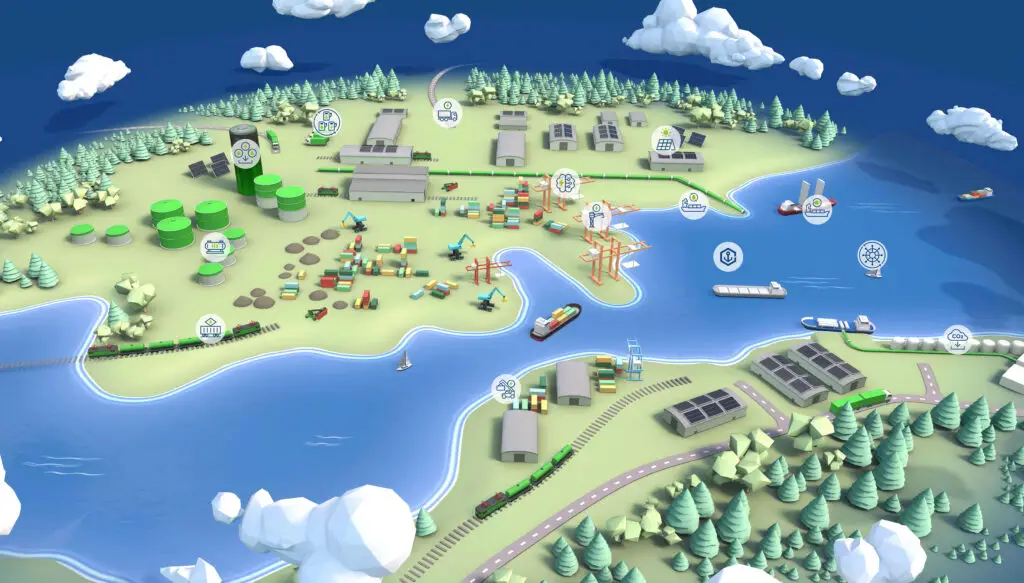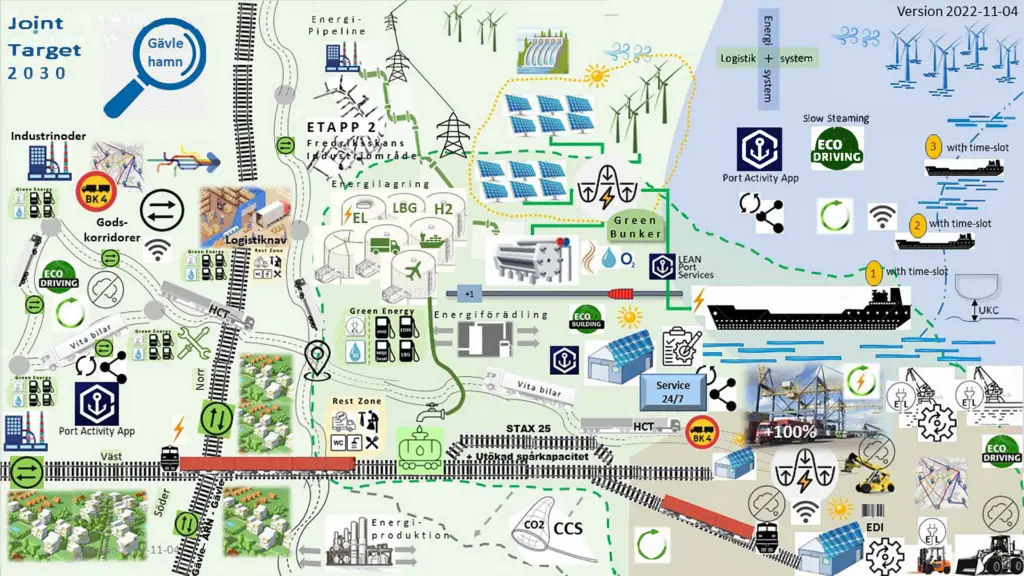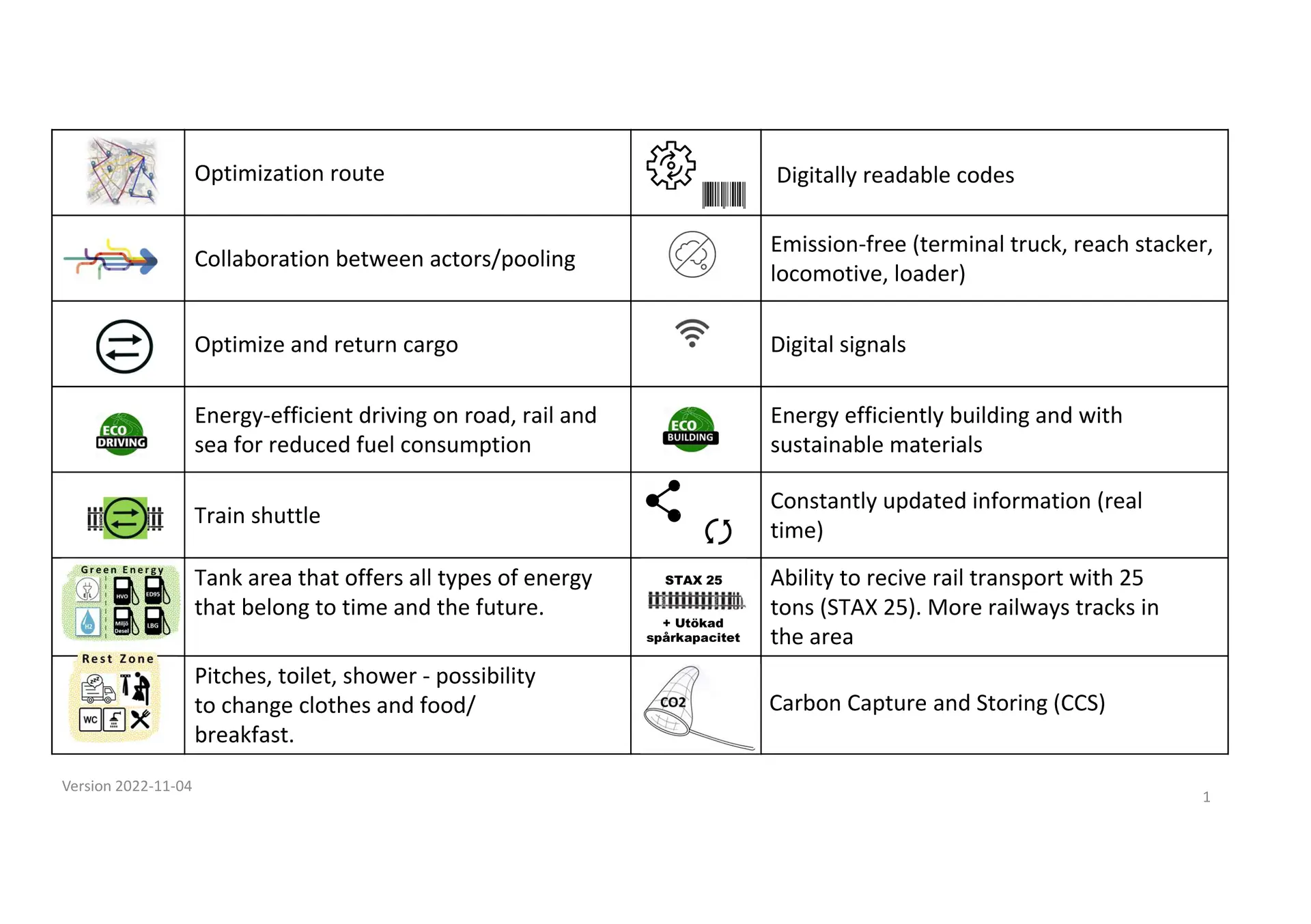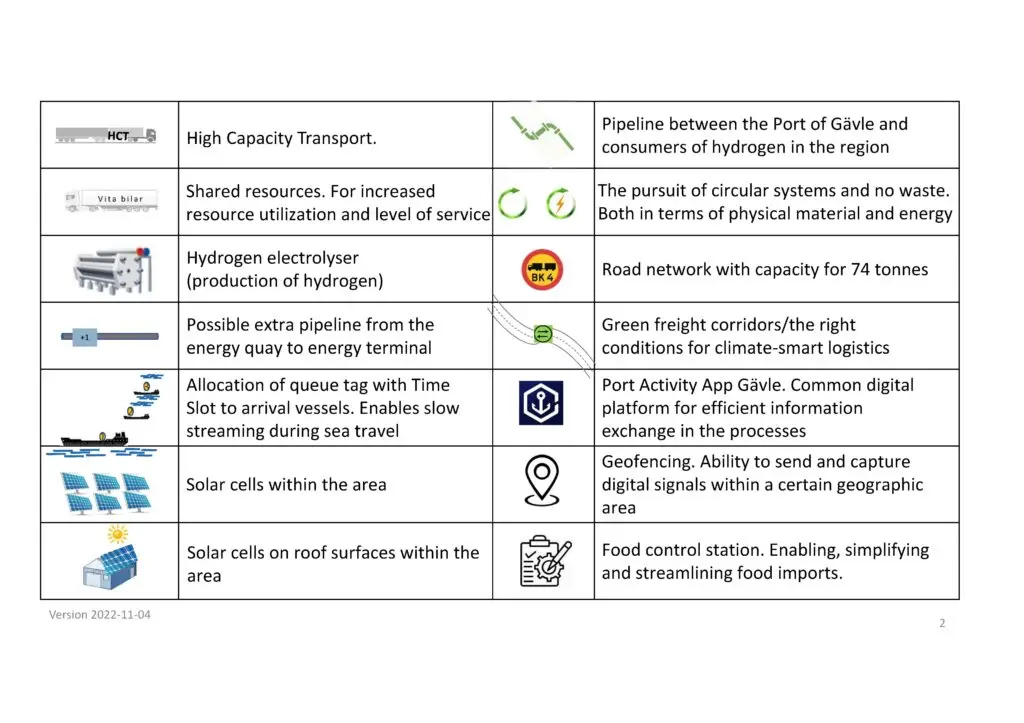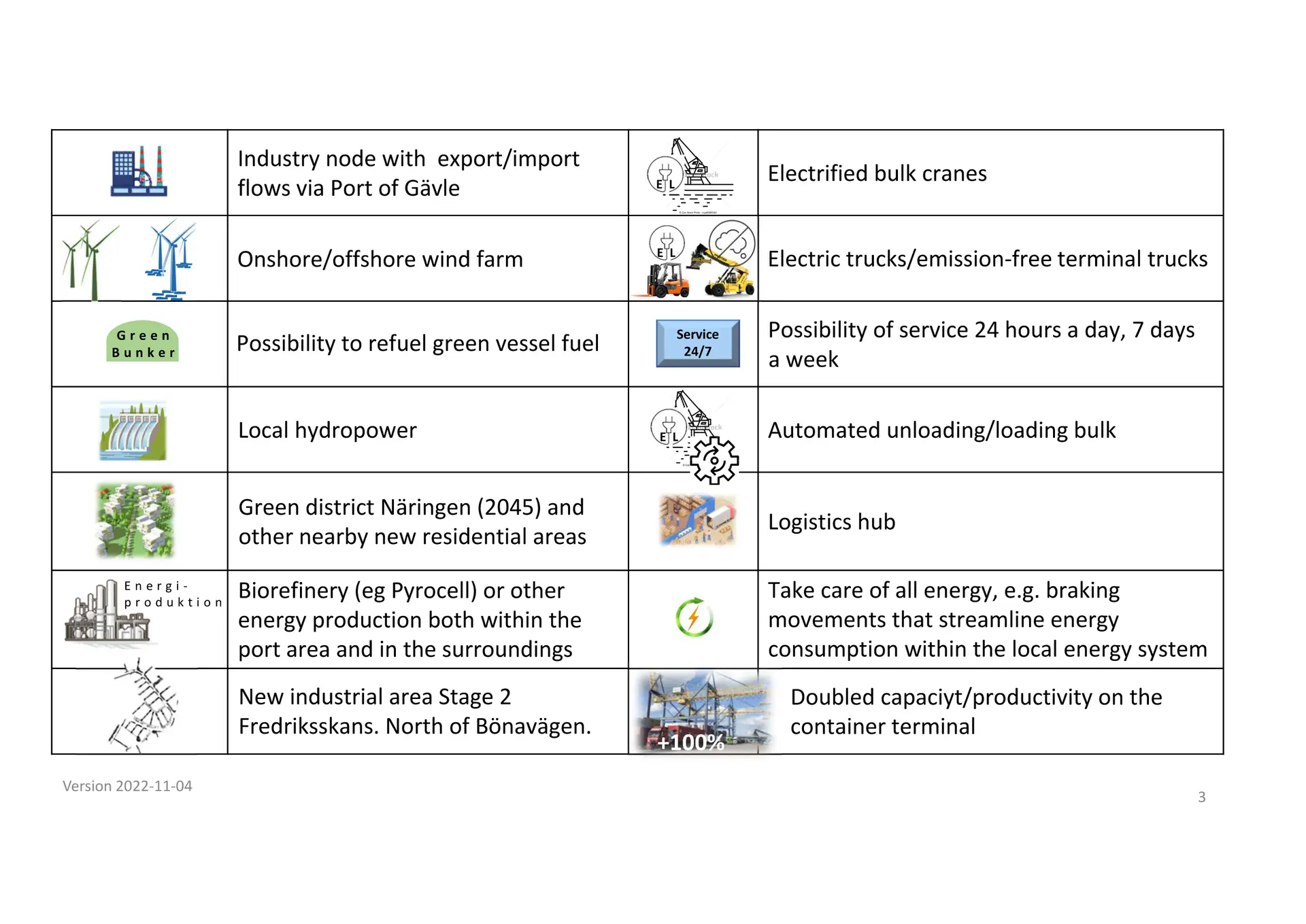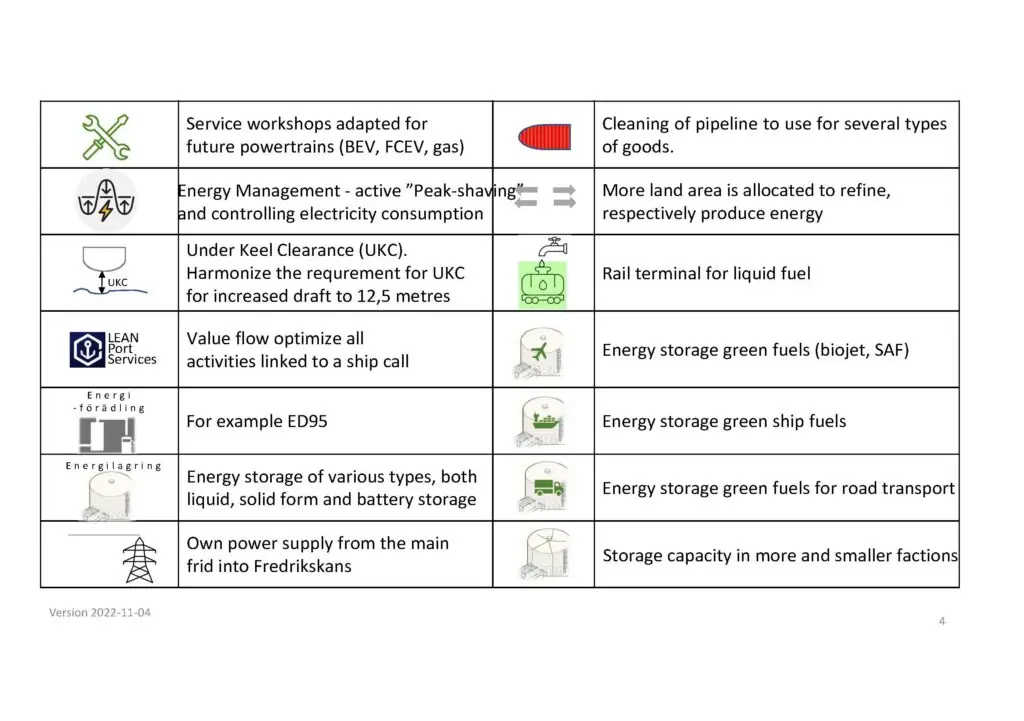Energy Optimized Port Cluster
A ten-year collaboration programme where port cluster actors work together to reach climate goals – in time, in step, and in line with the Paris Agreement.
Program Energy Optimized Port Cluster 2030
As the largest freight hub in central Sweden, the Port of Gävle is uniquely positioned to drive the green transition. Through the Energy Optimized Port Cluster 2030 programme, we bring together actors working to reduce emissions, increase energy efficiency, and future-proof the port’s infrastructure.
The programme is built on collaboration. While many actors share the vision, each one is responsible for their own initiatives. The Port of Gävle acts as an enabler – lowering thresholds and accelerating the pace of transition.
To support this shared effort, a living roadmap is maintained where cluster actors can contribute with their ongoing and planned activities. Here you’ll also find follow-up on climate and energy metrics, the shared vision, and our 3D visualisation.
* Cluster actors include, for example, shipping lines, trucking companies, cargo owners, logistics firms, terminal operators and more.
Joint Target 2030 - Work Tool
Download as pdf
Joint Roadmap 2030
The roadmap gathers ongoing and planned initiatives from port cluster actors that contribute to the shared transition targets. It is continuously updated. For information about specific projects or initiatives, please contact the responsible actor directly.
Purpose
The purpose of the Joint Roadmap 2030 is to foster strong capacity for change through collaboration. By sharing information about who is doing what and when, all actors in the cluster can benefit from ongoing efforts and coordinate their work more effectively. Each actor retains full responsibility for their own initiatives.
If you are interested in the roadmap or have questions about the program, please contact:
Linda Astner
Head of Sustainable Development
Phone: +46 70 623 38 41
Email:
The next roadmap update is planned for April 2026.
View our Joint Roadmap in Power BI (last updated 2025-11-07)
Transition targets
View Joint Road map above for efforts that cluster actors have chosen to publish towards each transition target.
Processes and transition targets
Four main processes have been defined within the port cluster.
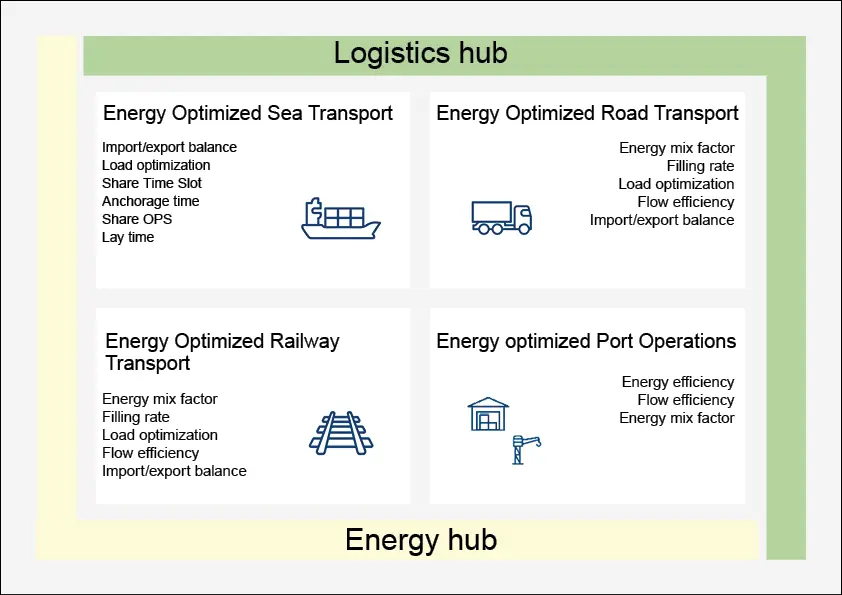
Illustrations have been created to describe the respective main process flow, the distribution of responsibilities between actors and which changes need to take place in each process (transition targets). Everyone should easily see how they can contribute in their respective role. The illustrations are developed continuously. (For more information please contact Port of Gävle). The program has made a breakdown of the overall goals into changes in the respective process (transition targets). Major efforts will be required to reach the transition targets, both on individual and common levels. In addition to the four main processes, two supporting processes have also been identified; the port as an energy hub and the port as a logistics hub.
Monitoring: CO₂ and Energy 2017–2024
Energy use and climate impact within the port cluster are monitored annually. The charts below show the development from 2017 to 2024 in terms of energy consumption (kWh) and carbon dioxide emissions (CO₂e) for selected operational processes at the port. This monitoring is part of the joint efforts within the Energy Optimized Port Cluster 2030 program and provides a basis for steering towards established climate goals.
Programme Timeline
The timeline highlights key events and collaborative efforts within the Energy Optimized Port Cluster 2030 – from initial dialogues in 2018 to upcoming milestones through to the programme’s conclusion in 2030. It provides an overview of how the port cluster has progressed through joint initiatives, investments, and gradual transition towards greater energy efficiency and reduced emissions.
80 percent reduction of CO2-emissions from port cluster.
A terminal for storage of regional volumes of captured biogenic CO2.
All shunters in the port are fossil free.
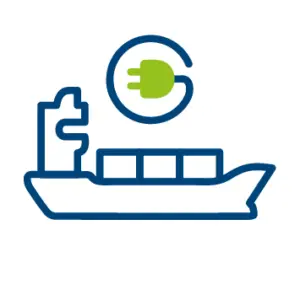
Onshore Power Supply (OPS) for vessels calling the container terminal.

Onshore Power Supply (OPS) for vessels calling the chemical quay.
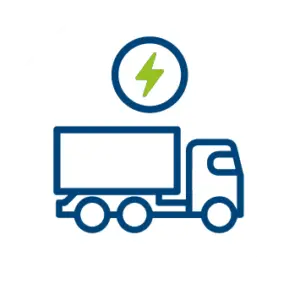
Electric Trucks Set to Operate Regularly in the Port Area by 2025.
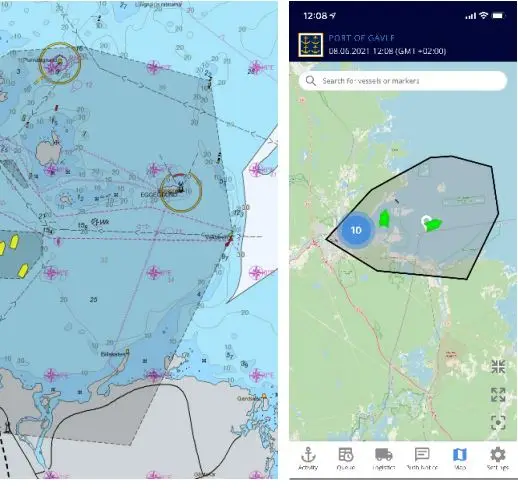
In February the queuing system, Time Slot Gävle, is also introduced for terminals and vessels using the chemical pier (quay 1).
The joint roadmap EOPC 2030 is updated continuously.
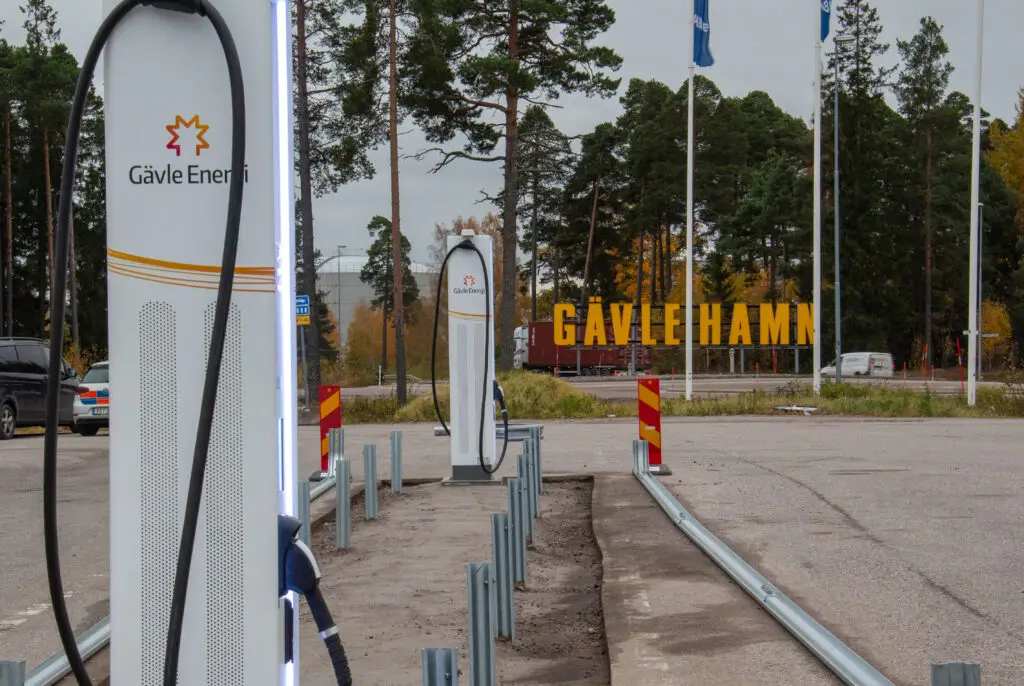
Inauguration of six new charging stations for heavy electric trucks directly connected to the Port Area.
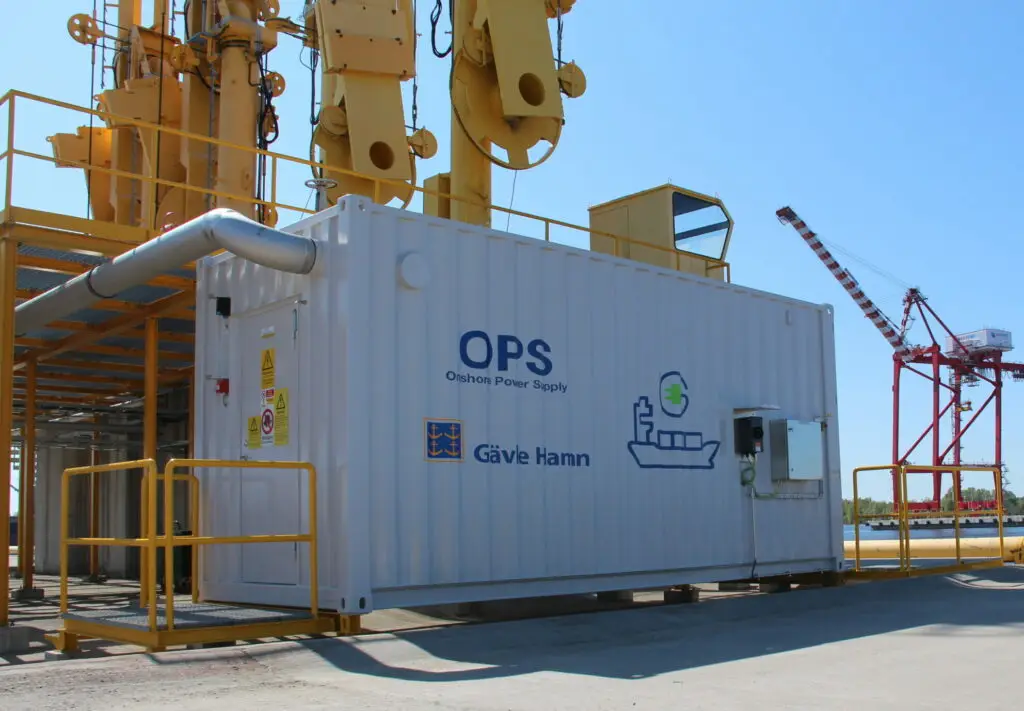
Onshore Power Supply (OPS) at Berth 27 – vessels can connect to electric power starting 2023.
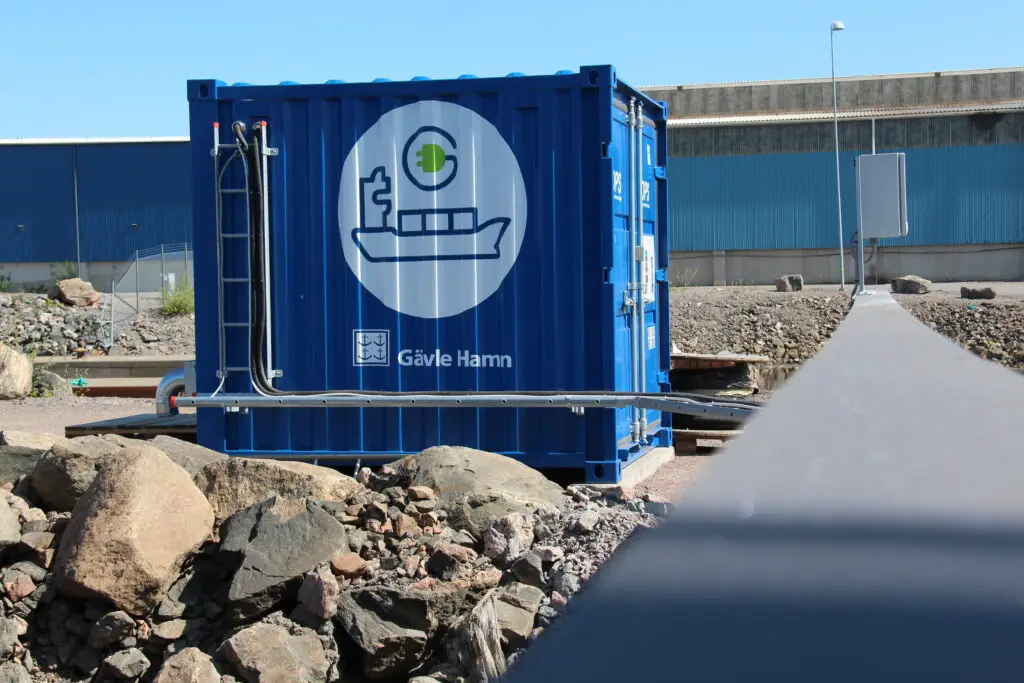
Onshore Power Supply (OPS) at Berth 16 – vessels can connect to electric power starting 2023.
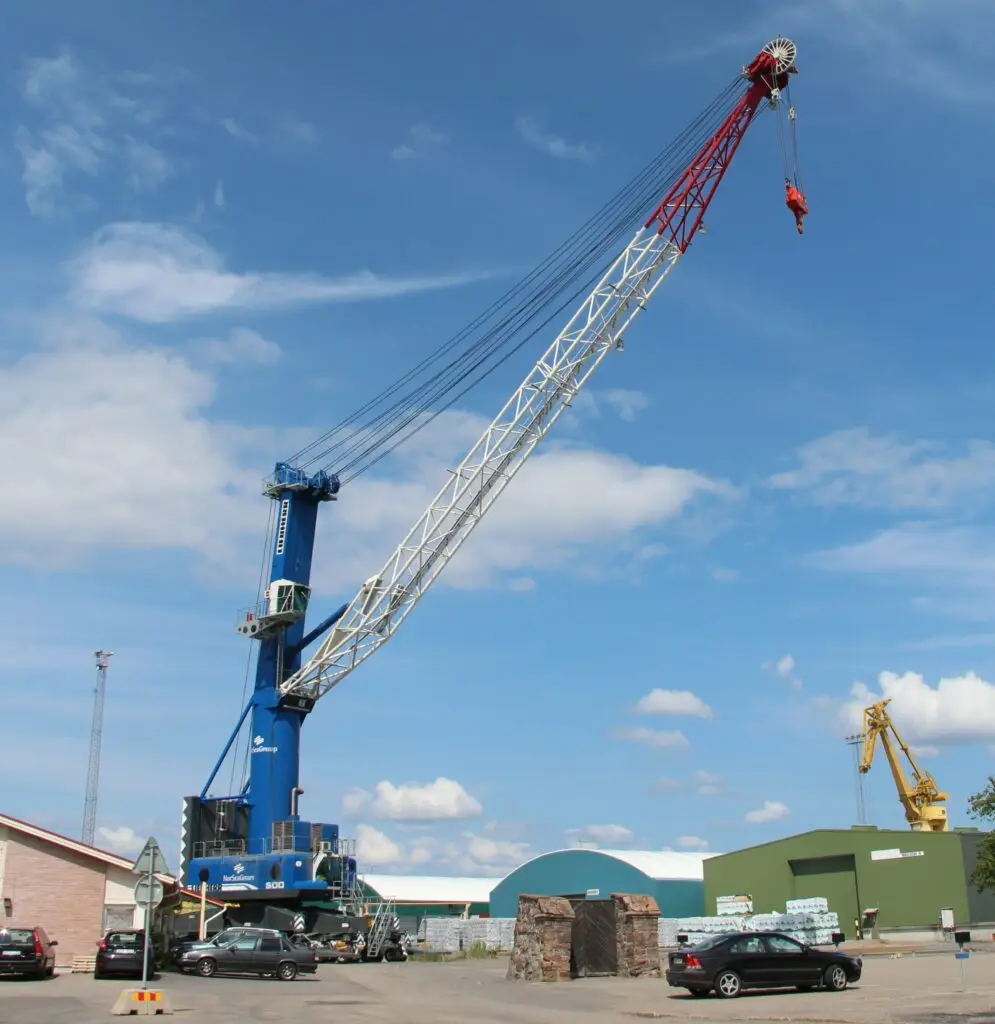
Two new electric bulk cranes are taken into operation by Yilport and they also convert two older cranes from fossil fuel to electricity.
The electrification of the railway leading into the major port area is completed.
Time Slot Gävle is introduced – a world unique queuing system mandatory for vessels calling at one of the eight terminals that use Port of Gävle’s energy pier (quay 27). The queuing system makes it possible for vessels to eco-drive from previous port.
The OPS facility at the energy quay is tested and improvements are carried out. The first full-scale electrified vessel call takes place during the fall.
The pre-study regarding the capture of CO2 shows that more than 5 million tonnes of biogenic CO2 could be retrieved within a 100 km radius of the port. Port of Gävle starts planning for a future terminal.
A food inspection facility is opened at the container terminal.
Shipping companies is invited to join the program with their deliveries to the joint target.
The website of the program is translated to English. Joint roadmap EOPC 2030 is published in a dynamic tool with the possibility to filter actors and processes.
Work begins to improve the measures and presentation of the follow-ups of the program main target and transition targets.
The joint roadmap EOPC 2030 is updated continuously.
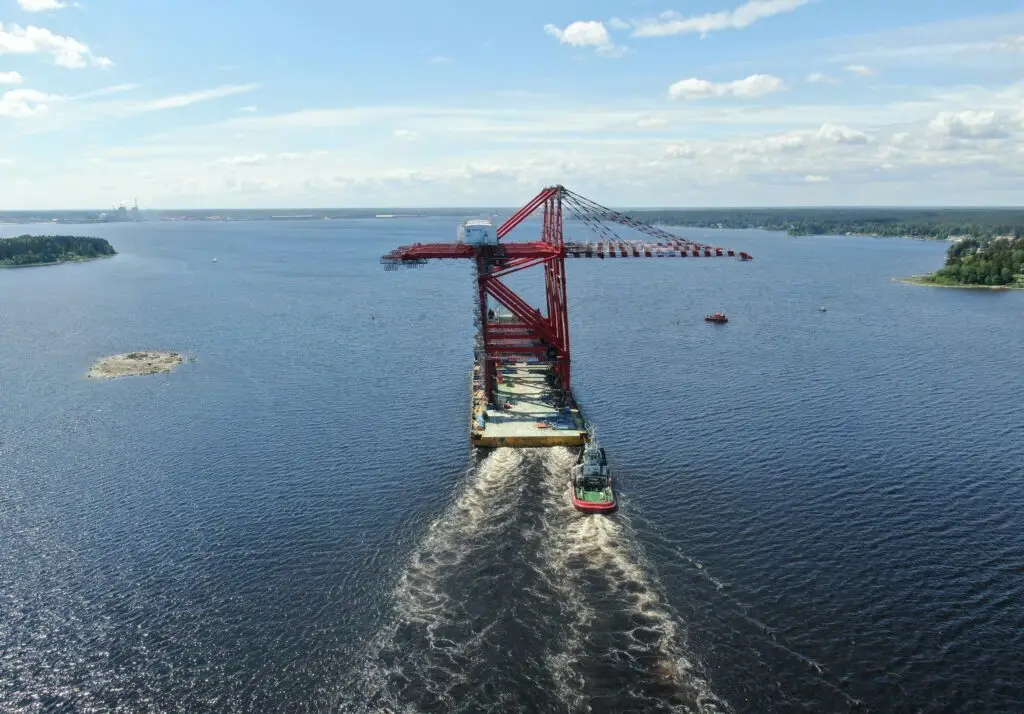
The new container terminal with double capacity is inaugurated.
An “electrification pilot” with six charging stations for heavy trucks is granted financing by the Swedish Energy Agency. The project is a co-operation between Gävle Energy and Port of Gävle.
Port of Gävle increases the electric supply to the bulk terminal to enable Yilport to electrify several port cranes, with a financial contribution from the Swedish Environmental Protection Agency.
Onshore Power Supply (OPS) facility for electric connections to vessels at both the bulk quay and energy quay is installed, partly financed by the Swedish Environmental Protection Agency.
Energy companies located in the port area are invited to join the program with deliverables.
The joint roadmap EOPC 2030 is updated continuously.
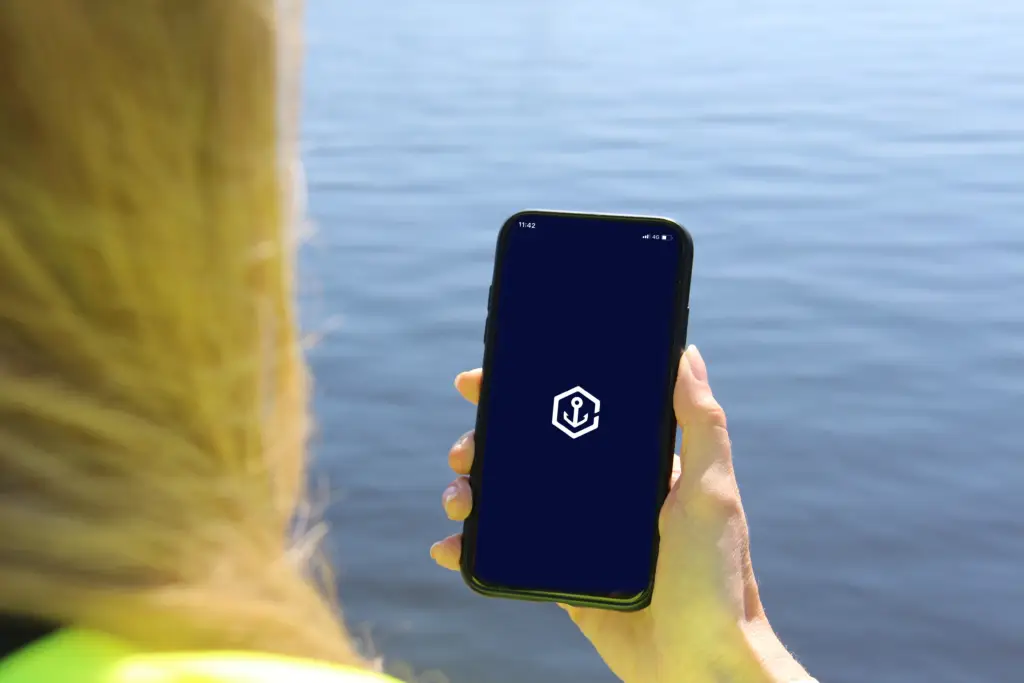
Launch of Port Activity App – probably the first mobile application in the world for a real time exchange of time stamps and other information between port actors.
Mid Sweden Hydrogen Valley is formed – a partnership between the industry and public sector aiming at developing a regional hydrogen system.
The partnership that in the future will lead to Time Slot Gävle, is established by Tärntank, Preem, VTI and Port of Gävle.
Gävle Energy and Port of Gävle starts a joint pre-study with the financial support from the Swedish Energy Agency, looking at the possibility to capture biogenic CO2 from local power plants and to create a port terminal for regional cluster volumes of CO2.
The joint roadmap EOPC 2030 is updated continuously.
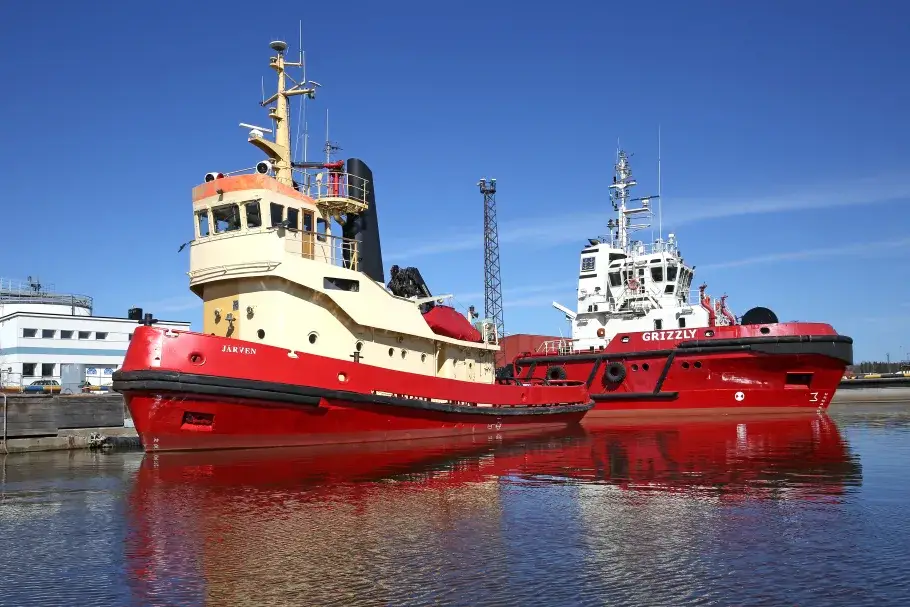
Preliminary study EOPC – continuous dialogue with actors within the port cluster (industry, port operators, logistic services providers etc)
Decision to start the program Energy Optimized Port Cluster 2030 (EOPC 2030), a ten-year program with a shared goal, joint road map and four focus areas for Port of Gävle.
Decision that tugboats within Port of Gävle from now on shall be operated with fossil free HVO.
Based on a joint preliminary study with KTH, a forum for collaboration between Gävle Energy and Port of Gävle is created, aiming at securing long-term power capacity for electrifying the port area.

Decision on financing from Vinnova and the Swedish Energy Agency regarding a pre-study of the possibility to co-operate within the port cluster to reach the goals society set for the climate.
Efficient Flow (2018-2021) is an EU Central Baltic project where Port of Gävle together with the Swedish Maritime Administration, Finnish Transport Agency, SAMK-university, and Port of Rauma in Finland co-operates in achieving efficient traffic processes in ports through digital information exchange. Parallel to the project, a Customer Advisory Board is formed in Port of Gävle, aiming at in-depth dialogues with the terminals regarding efficiency of joint port process.
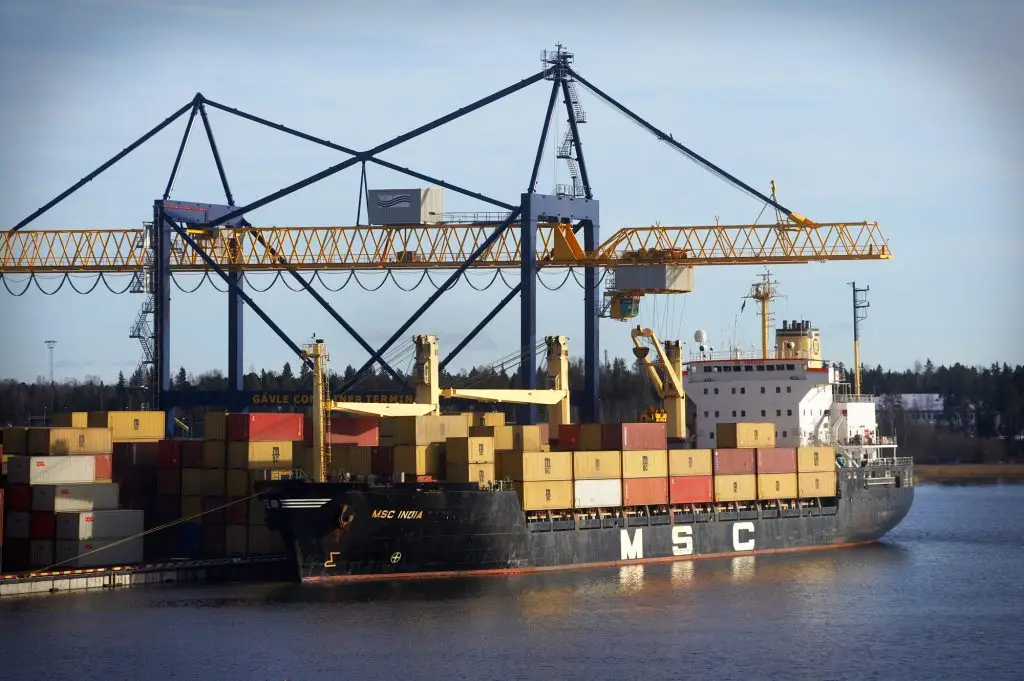
Initial dialogue with the Chamber of Commerce in Middle Sweden, University of Gävle and Region Gävleborg.
Yilport, the port operator of the container and bulk terminals, starts to convert their trucks and other working equipment to fossil free HVO.
Learn more in our information sheets
The program was launched in 2020, following a feasibility study that included dialogues with several actors within the port cluster.
Contact
For questions regarding coordination, the vision, follow-up, or the roadmap within Energy Optimized Port Cluster 2030, please contact:
Linda Astner
Head of Sustainable Development
Phone: +46 70 623 38 41
Email:
David Boman
Process Developer
Phone: +46 73 980 25 83
Email:

